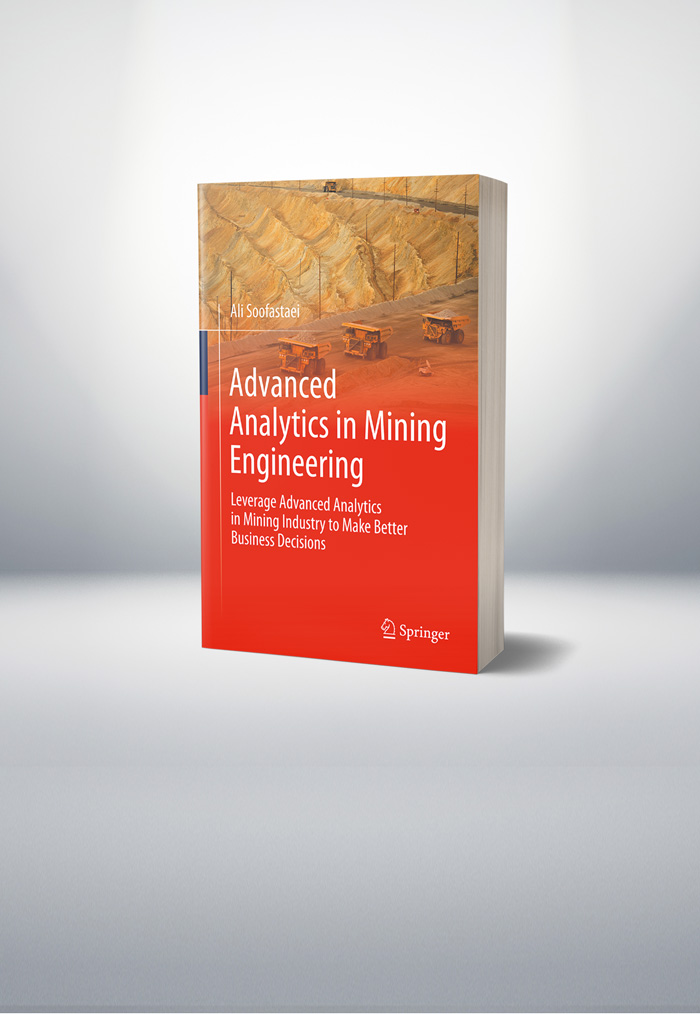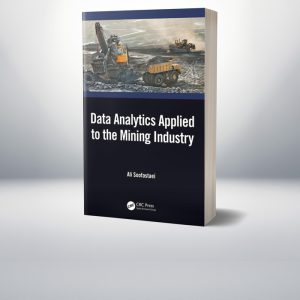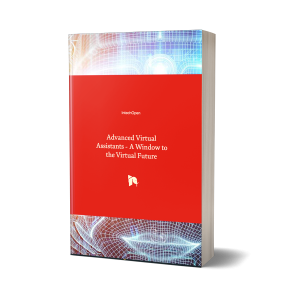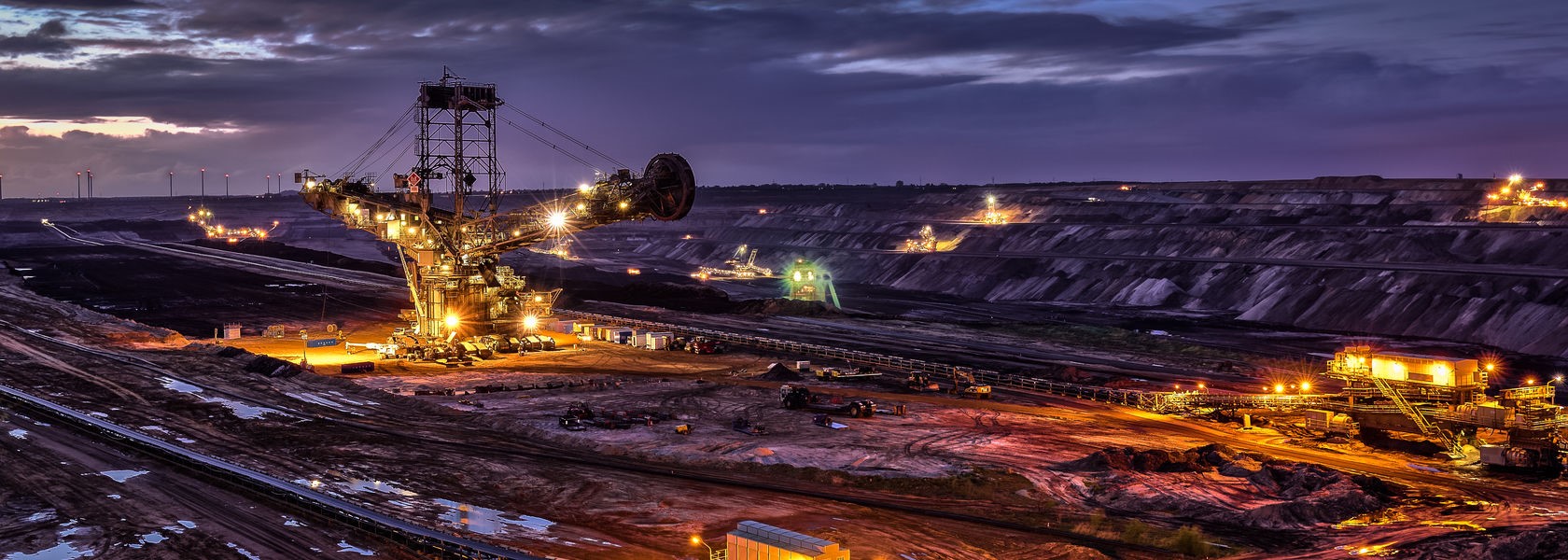Description
- Advanced Analytics for Mining Industry
- Advanced Analytics for Modern Mining
- Advanced Analytics for Ethical Considerations in Mining Industry
- Advanced Analytics for Mining Method Selection
- Advanced Analytics for Valuation of Mine Prospects and Mining Projects
- Advanced Analytics for Mine Exploration
- Advanced Analytics for Surface Mining
- Advanced Analytics for Surface Extraction
- Advanced Analytics for Surface Mine Planning
- Advanced Analytics for Dynamic Programming
- Advanced Analytics for Drilling and Blasting
- Advanced Analytics for Rock Fragmentation
- Advanced Analytics for Rock Blasting and Explosives Engineering in Mining
- Advanced Analytics for Rock Breaking
- Advanced Analytics for Mineral Processing
- Advanced Analytics for Decreasing Greenhouse Gas Emissions in Surface Mines
- Advanced Analytics for Haul Trucks Energy-Efficiency Improvement in Surface Mines
- Advanced Analytics for Mine Materials Handling
- Advanced Analytics for Mine Materials Transportation
- Advanced Analytics for Energy-Efficiency Improvement in Mine-Railway Operation
- Advanced Analytics for Hard Rock Violent Failure in Underground Excavations
- Advanced Analytics for Heat Stress Management in Underground Mines
- Advanced Analytics for Autonomous Underground Mining
- Advanced Analytics for Spatial Variability of Rock Mass Properties in Underground Mines
Dr. Ali Soofastaei

Biography
Dr. Ali Soofastaei is a global artificial intelligence (AI) projects leader, an international keynote speaker, and a professional author.
He completed his Ph.D. and Postdoctoral Research Fellow at The University of Queensland, Australia, in the field of AI applications in mining engineering, where he led a revolution in the use of deep learning and AI methods to increase energy efficiency, reduce operation and maintenance costs, and reduce greenhouse gas emissions in surface mines. As a scientific supervisor, for many years, he has provided practical guidance to undergraduate and postgraduate students in mechanical and mining engineering and information technology.
Dr. Soofastaei has more than fifteen years of academic experience as an Assistant Professor and leader of global research activities. Results from his research and development projects have been published in international journals and keynote presentations; He has presented his practical achievements at conferences in the United States, Europe, Asia, and Australia.
He has been involved in industrial research and development projects in several industries, including oil and gas (Royal Dutch Shell); steel (Danieli); and mining (BHP, Rio Tinto, Anglo American, and Vale). His extensive practical experience in the industry has equipped him to work with complex industrial problems in highly technical and multi-disciplinary teams.
Dr. Soofastaei is working actively with some prestigious global publishers same as Mc Graw-Hill Education, Intech Open, Springer, and CRC Press as an author and academic editor.












Reviews
There are no reviews yet.